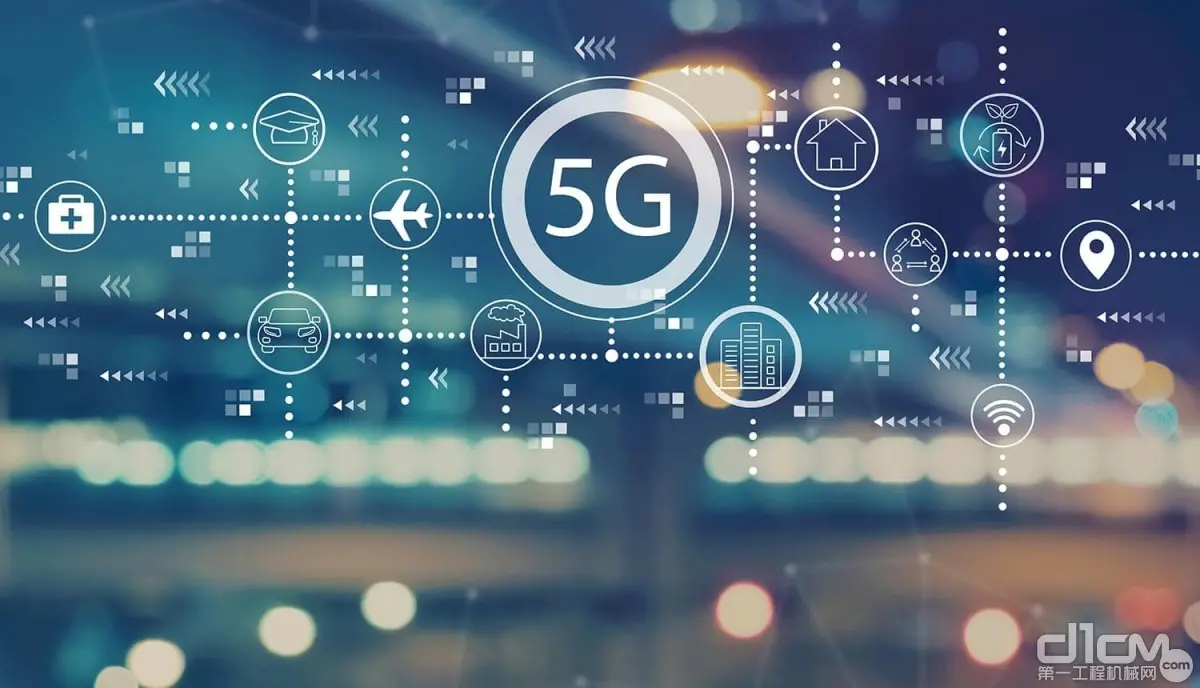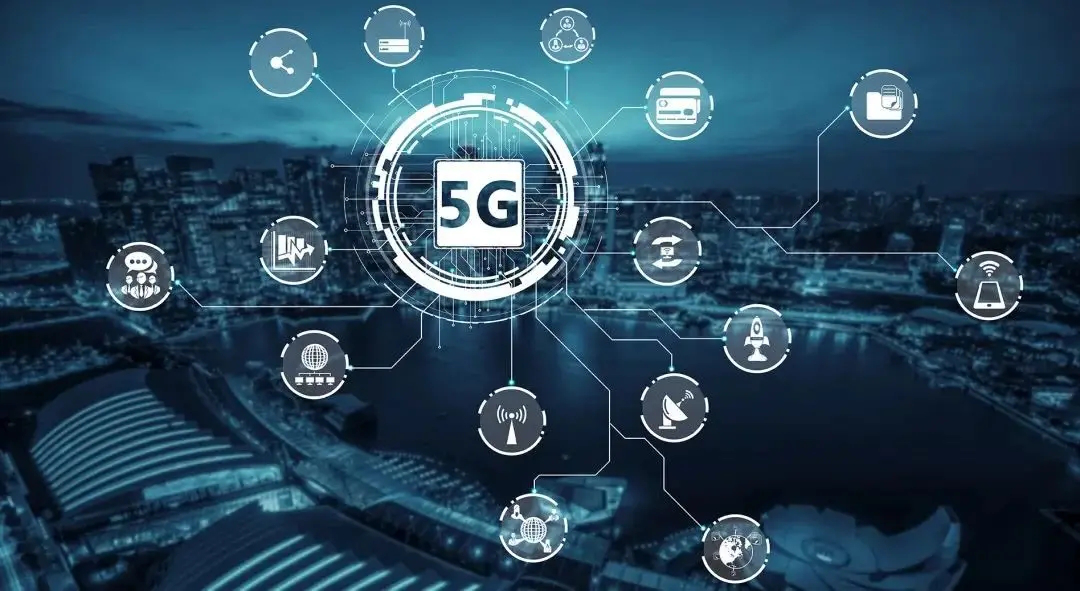5G is the fifth generation of mobile networks, following on from previous generations; 2G, 3G and 4G. 5G is set to offer much faster connection speeds than previous networks. Also, being more reliable with lower response times and greater capacity.
Called ‘the network of networks,’ it is due to unite many existing standards and cross different technologies and industries as an enabler of Industry 4.0.

How Does 5G Work?
Wireless communications systems use radio frequencies (also known as spectrum) to carry information through the air.
5G operates in the same way, but uses higher radio frequencies that are less cluttered. This allows for it to carry more information at a much faster rate. These higher bands are called ‘millimeter waves’ (mmwaves). They Were previously unused but have been opened up for licensing by regulators. They had been largely untouched by the public as the equipment to use them was largely inaccessible and expensive.
While higher bands are faster at carrying information, there can be problems with sending over large distances. They are easily blocked by physical objects such as trees and buildings. In order to circumvent this challenge, 5G will utilise multiple input and output antennae to boost signals and capacity across the wireless network.
The technology will also use smaller transmitters. Placed on buildings and street furniture, as opposed to using single stand-alone masts. Current estimates say that 5G will be able to support up to 1,000 more devices per metre than 4G.
5G technology will also be able to ‘slice’ a physical network into multiple virtual networks. This means that operators will be able to deliver the right slice of network, depending on how it is being used, and thereby better manage their networks. This means, for example, that an operator will be able use different slice capacities depending on importance. So, a single user streaming a video would use a different slice to a business, while simpler devices could be separated from more complex and demanding applications, such as controlling autonomous vehicles.
There are also plans to allow businesses to rent their own isolated and insulated network slice in order to separate them from competing Internet traffic.

Concept Microwave supplies the full range of the RF and passive microwave components for 5G test (Power divider, directional coupler, Lowpass/Highpass/Bandpass/Notch filter, duplexer).
Pls feel freely to contact with us from sales@concept-mw. com.
Post time: Jun-22-2022
